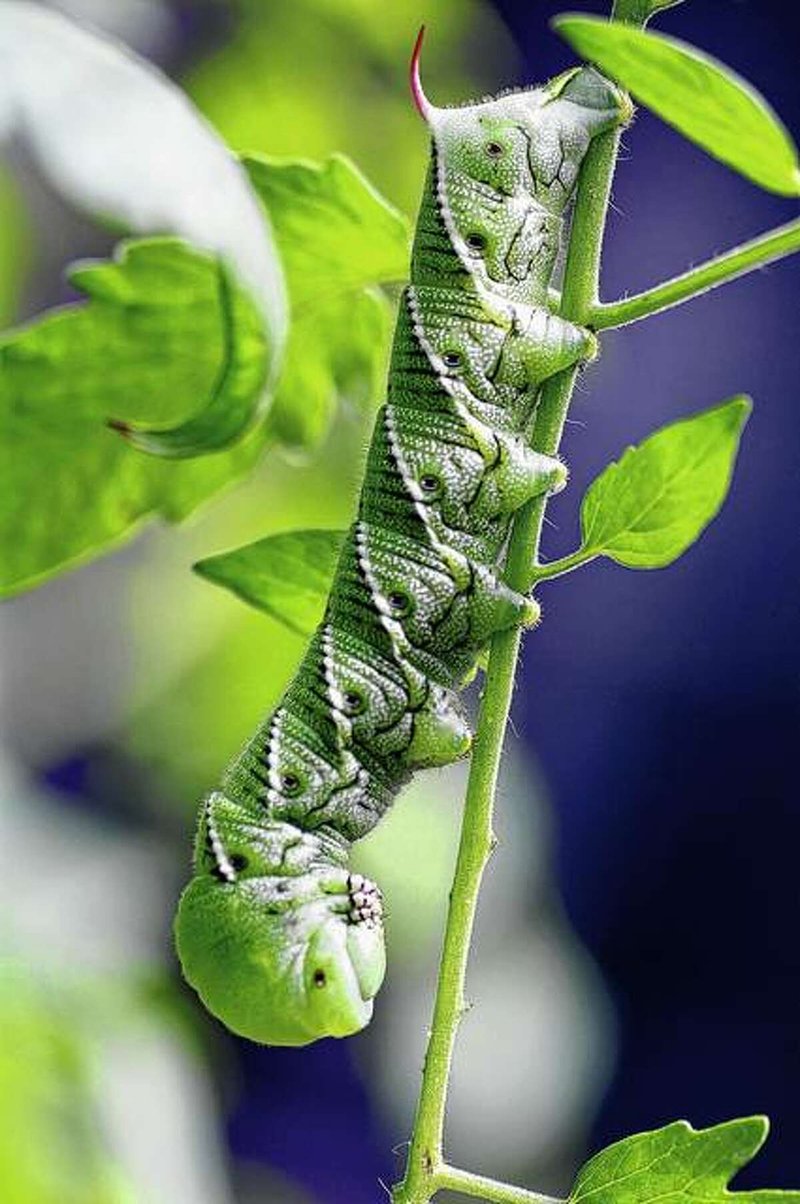
Now, you might be wondering how exactly a garden journal can help with hornworms. It’s not just about writing down when you see the worms; it’s about observing patterns, recognizing symptoms of infestations, and figuring out the best times for preventative measures. Using a journal can help you stay on top of things and make your gardening experience smoother. Let’s dig into how you can turn your garden journal into a powerful tool against hornworms.
Why Monitor Hornworms?
Monitoring hornworms is essential for any vegetable gardener. These pests are not just any ordinary critters—they can devour entire plants in a matter of days if left unchecked. The quicker you become aware of their presence, the faster you can act. In fact, a single hornworm can munch its way through several leaves and flowers, leaving your garden looking sad and patchy.
Another reason to monitor them closely is that they can be pretty sneaky. Hornworms are masters of camouflage, blending in seamlessly with the foliage. If you’re not paying attention, you might overlook them until it’s too late. Keeping a detailed log of your garden’s status can help you spot these guys early on and take action before they wreak havoc.
Additionally, monitoring their activity can also help you understand their life cycle and behaviors. By knowing when hornworms are most active, you can adjust your gardening strategies accordingly. This means planting at the right times and using natural predators or remedies effectively.
Starting Your Garden Journal
Getting started with a garden journal is easier than you might think. You don’t need anything fancy; a simple notebook or even a digital app will do. What’s important is that you create a structured way to jot down observations. You’ll want to include sections for different elements of your garden, like plant types, dates planted, and specific pest sightings.
Here’s a simple way to structure your journal:
- Date of observation
- Weather conditions
- Plant health (any signs of damage or pests)
- Specific pest sightings (like hornworms)
- Actions taken (like introducing beneficial insects or using organic sprays)
Having this structure will not only keep things organized but will also make it easier to refer back to previous notes when you notice patterns in pest behavior. It’s almost like piecing together a puzzle; the more you document, the clearer the picture becomes.
Identifying Hornworms in Your Garden
Identifying hornworms quickly is crucial for effective management. These caterpillars can reach up to 4 inches long and are typically bright green, with white or yellow stripes running down their sides. They often hang out on the underside of leaves, munching away undetected. If you’re not familiar with their appearance, you might mistake them for harmless parts of the plant.
To aid in identification, a picture can be worth a thousand words. Consider sticking small photos of hornworms in your journal next to your notes. You can even add sketches or doodles that capture their look. This way, you’ll have a quick reference guide right at your fingertips.
Another key point is to look for signs of damage on your tomatoes or peppers. If you see large holes in the leaves or notice your plants looking a bit sad, flip the leaves over and check carefully. That’s where hornworms like to hide!
Recording Observations Over Time
The beauty of monitoring with a garden journal lies in how you can see changes over time. When you log your observations regularly—let’s say once a week—you’ll be amazed to see trends emerge. You might notice that hornworm activity spikes after a certain rainfall or that they tend to favor particular plants.
By recording these patterns, you’ll not only be able to predict possible outbreaks but also respond proactively. For example, if you notice hornworms are prevalent in mid-July every year, you might prepare accordingly by introducing beneficial insects, such as parasitic wasps, a bit earlier in the season.
You could also track how effective any treatments have been. If you decide to use an organic pesticide, jot down the date, the product used, and how the plants reacted afterwards. This documentation can help you refine your pest management approach each season, evolving your strategies based on what’s worked—or what’s flopped.
Using Your Journal for Preventative Measures
Once you start recording, your journal can help you plan ahead. Knowing when hornworms typically show up means you can take preventative measures. If they tend to come around in late summer, for example, you might want to increase your observations leading up to that time.
You could jot down reminders in your journal for early season checks or note when to plant certain companion plants that naturally deter hornworms, like marigolds. By using your journal as a proactive guide, you can shift your focus from reactive measures—like scrambling to find a solution when pests arise—to a more thoughtful, strategy-based approach.
You might also use your journal to track biological controls, like ladybugs or lacewings, that prey on hornworms. Keeping a record of their activity can show you when these beneficial insects are most effective. This kind of insight can save time, money, and effort.
Using a garden journal to monitor hornworms is an empowering way to take charge of your gardening experience. It transforms the act of gardening from a passive activity into an engaging one, where you are actively involved in understanding your environment. Think of it as building a relationship with your garden, where you learn and adapt together.
So, grab that notebook (or app) and start recording your garden’s journey! The insights you’ll gain will not only help you tackle hornworms effectively but will also deepen your gardening knowledge overall. Take it one entry at a time, and soon you’ll be a pro at spotting pests and nurturing your plants. After all, a thriving garden is a happy garden, and with your trusty journal, you’re well on your way to ensuring its success. Happy gardening!

